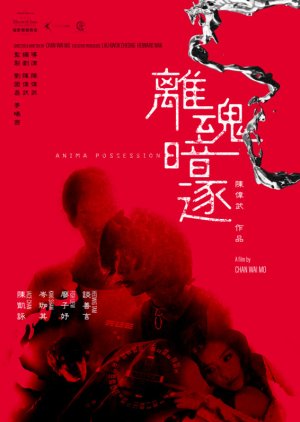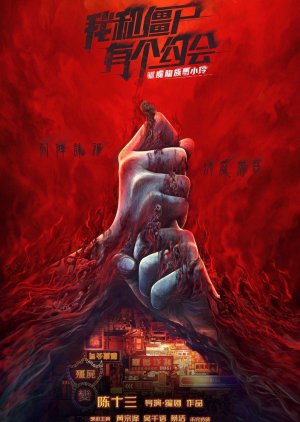The White Girl fans also viewed:

Treasure of Destiny 2023 (Hong Kong)

Golden Bowl 2023 (Hong Kong)

Everything Under Control 2023 (Hong Kong)

Anima Possession (Hong Kong)

18 Delicacies for Festive Feasts 2023 (Hong Kong)

Cold War 3 2023 (Hong Kong)

Keui Mo Lung Juk Ma Siu Ling 2023 (Hong Kong)

War Customised 2023 (Hong Kong)

Integrity 2 2023 (Hong Kong)

I Did It My Way 2023 (Hong Kong)
